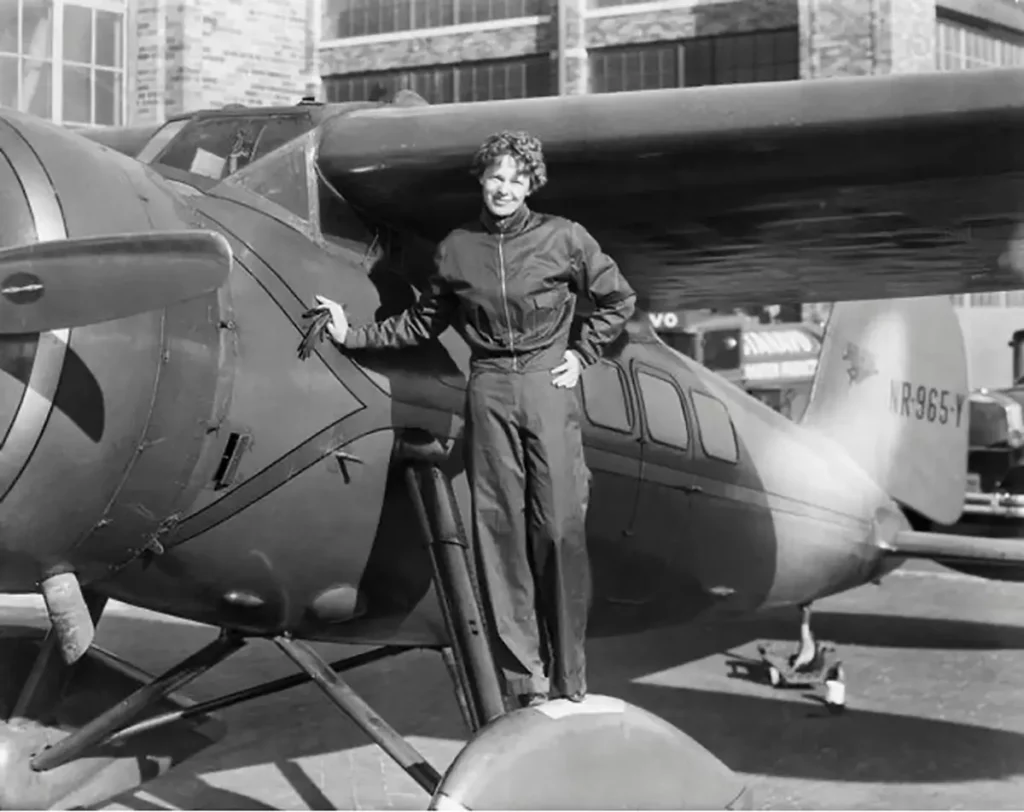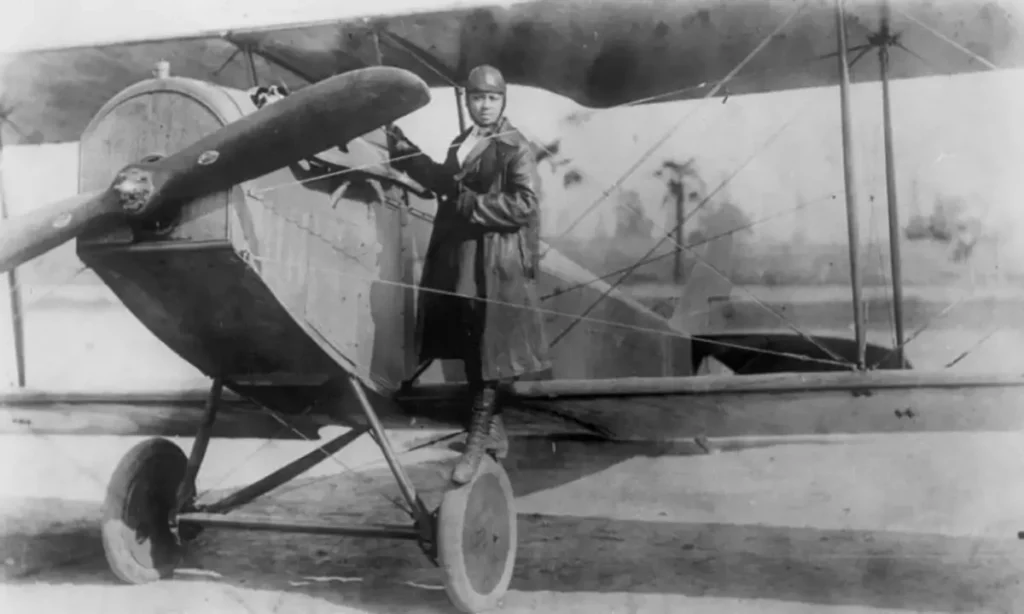Nothing is impossible if a certain amount of energy is focused in the right direction. This is the belief held by many women throughout history when accomplishing the impossible. For centuries, women have made significant contributions to not only society but also the world of travel. Hence, in honour of International Women’s Day, let’s take a look at 8 great female adventurers who have pushed the boundaries. These women broke records and paved the path for future female explorers.
Freya Stark (1893-1993)

Source: Royal Geographical Society/Getty Images
Freya Stark was a British travel writer and explorer. She detailed her adventures in over two dozen books, which continue to inspire explorers today. Stark was multilingual; she spoke French, Italian, Arabic, and Persian, among other languages. In the 1930s, she performed a series of risky journeys into the wilds of western Iran where she discovered the legendary Valleys of the Assassins, which inspired her first book. She also received the Royal Geographical Society’s Back Award for her efforts on the expedition. During her expedition, she was afflicted with dengue fever, dysentery, and other diseases, but her limitless spirit of adventure never diminished.
Amelia Earhart (1897-1937)

Source: Getty Images
Amelia Earhart made history by being the first female aviator to fly alone across the Atlantic Ocean in 1928. She developed an interest in adventures at a young age and began flying in her twenties. One of her memorable accolades for breaking various speed and altitude records was the US Distinguished Flying Cross. During her lifetime, she wrote best-selling books about her adventures and worked at Purdue University as a career counsellor for women. In addition, Earhart founded a women’s flying organisation called the Ninety-Nines and was voted president.
Bessie Coleman (1892-1926)

Source: Michael Ochs Archives/Getty Images
Bessie, also known as “Queen Bess” or “The Brave Bess” remains a huge inspiration for many women around the world. She defied racial and gender discrimination to become the world’s first black female pilot. After being turned down by several US aviation schools, Bessie travelled to France in the hopes of realising her dream. In 1921, she learned French and received her pilot’s licence, two years before Amelia Earhart. Coleman travelled across the United States, performing aerial stunts and giving lectures to raise funds for an African-American flying school. She will not perform or talk in any venue that segregated the African-American community. However, her life and dream were tragically cut short when she crashed during an air show rehearsal at the age of 34.
Isabella Bird (1831-1904)

Source: Royal Geographical Society/Getty Images
Isabella Bird was a 19th-century British explorer and one of the world’s most famous female globetrotters. Some people live to travel, but Isabella travelled to live. After her partially successful tumour operation, she was advised by her doctor to travel to help relieve her depression. Her travels began at the age of 41 and continued until she was 72 when she returned from a trip to Morocco. Initially, she travelled to North America, where she journeyed across Canada and the United States. In between, she travelled to India, Kurdistan, the Persian Gulf, Iran, Tibet, Malaya, Korea, Japan, and China. Not only was Isabella an adventurer, but also an accomplished writer, photographer and naturalist. Her vast and significant writings and travels saw her become the first woman to be elected Fellow of the Royal Geographical Society.
Junko Tabei (1939-2016)

Source: Jaan Künnap
Junko Tabei was a Japanese mountaineer who became the first woman to reach the summit of Mount Everest. She had previously climbed Mt. Fuji in Japan and the Matterhorn in Switzerland before attempting Mt. Everest. On the Everest expedition, she led a team of 15 climbers and 6 Sherpas including Sherpa Ang Tshering. Their camp was buried by an avalanche but she continued with the climb after three days of recovery to reach the summit on May 16, 1975. In addition to her successful Everest expedition, she was also the first woman to have climbed all the Seven Summits by climbing the highest peak on every continent. Moreover, Tabei was the director of the Himalayan Adventure Trust of Japan, which works to protect mountain habitats around the world.
Jeanne Baret (1740-1807)

Source: Getty Images
A fascinating thing about Jeanne Baret was her “if there’s a will, there’s a way” attitude. Jeanne Baret was the first woman to ever circumnavigate the Earth, but she had to do so while wearing a man’s disguise. Her intention wasn’t to be the first female circumnavigator but to explore the world’s plants as a botanist. Philibert Commerçon, her lover at the time, was a well-known captain and explorer who was invited to join the 1766 expedition. The French Navy back then barred women from serving on its ships, but that didn’t stop Jeanne. She had to bound her breasts with linen bandages to fit in with 300 men in the vessel. Jeanne and Commerçon travelled the world and supplied France with thousands of new species of plants. Instead of being punished after her cover was blown in Tahiti, she was praised as an extraordinary botanist and explorer in history.
Gertrude Bell (1868-1926)

Source: J. Weston & Son/Royal Geographical Society/Getty Images
Gertrude Bell was an English writer, traveller, political officer, administrator, and archaeologist. She travelled widely throughout Mesopotamia, Asia Minor, Syria, and Arabia throughout her lifetime. She, along with T.E. Lawrence, was key in the development of dynasties in Jordan and Iraq. Bell journeyed throughout Arabia six times, climbing mountains, writing about her adventures, and discovering ancient ruins. Moreover, she helped define the borders of the modern state of Iraq, advised on the writing of its constitution and founded the Iraq National Museum.
Nellie Bly (1864-1922)

Source: Interim Archives/Getty Images
Elizabeth Cochran Seaman, better known by her pen name Nellie Bly, was an American journalist, inventor, and charity worker. Her adventure was inspired by the fictional character from Jules Verne’s novel, Around the World in 80 Days. With only a small satchel and a single dress, the 25-year-old travelled 24,899 miles in just 72 days. Moreover, Bly was also a pioneer of investigative journalism, which paved the way for many other female journalists. Her reports sparked fundamental changes in asylums, sweatshops, orphanages, and prisons.
Now that you’ve had your dose of inspiration from the lives of these great women, we wish you a Happy Women’s Day, and we hope this article has inspired you and your future travels. Are you ready to embark on your next adventure? Visit myqvi to get started.






